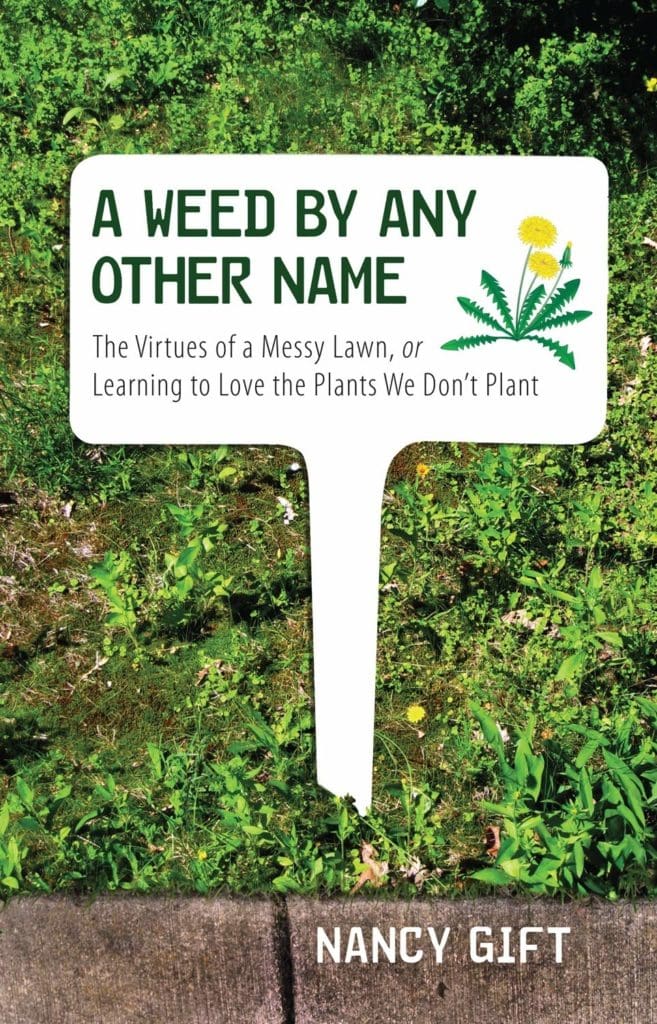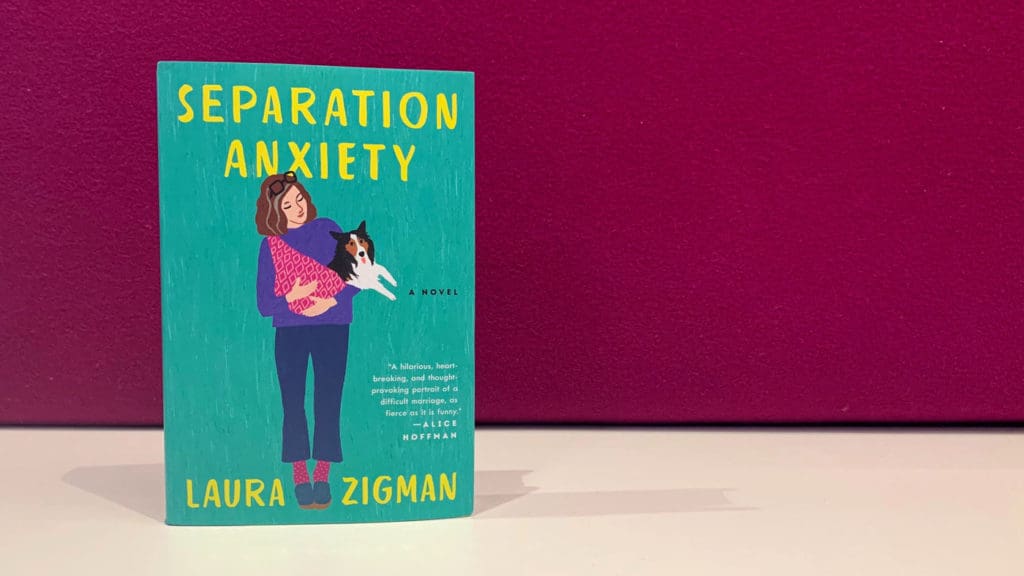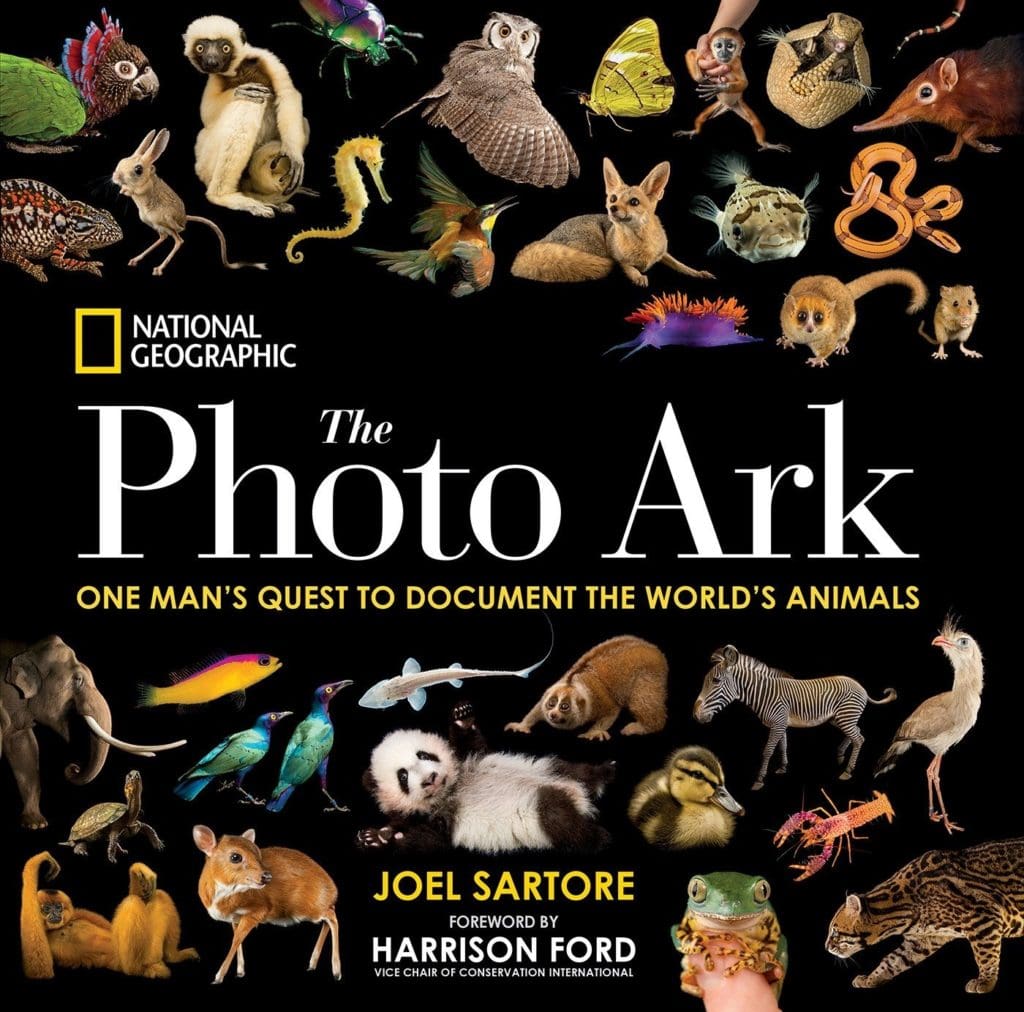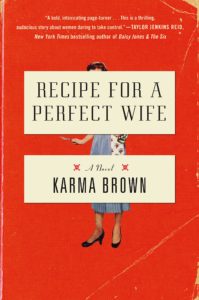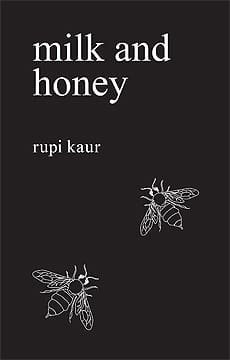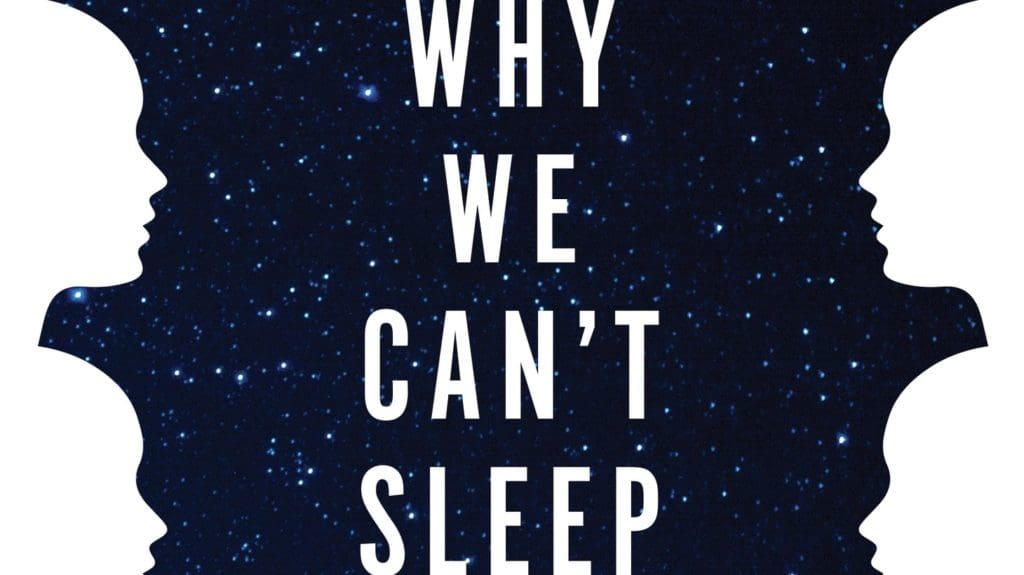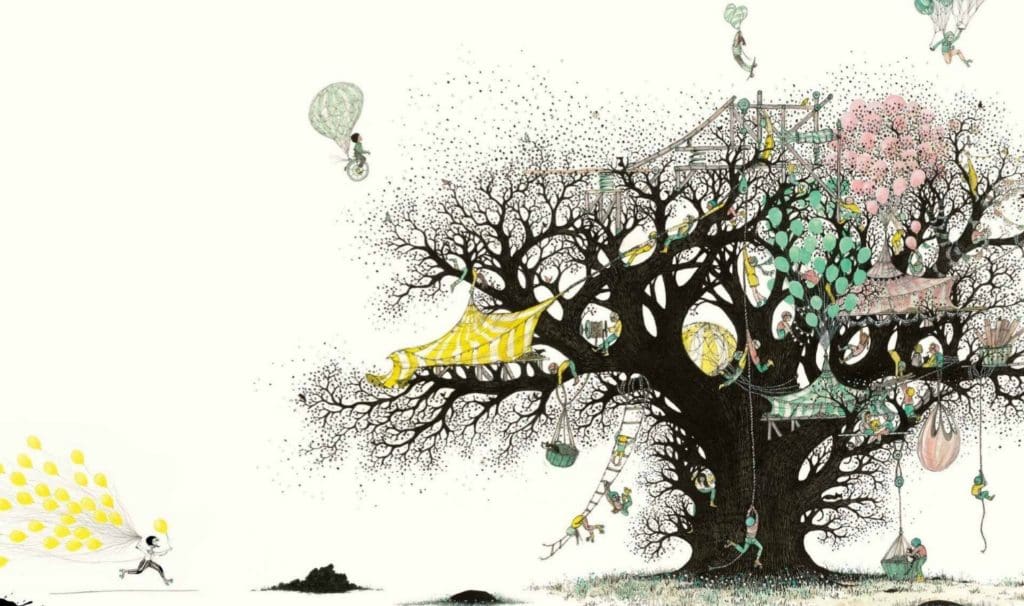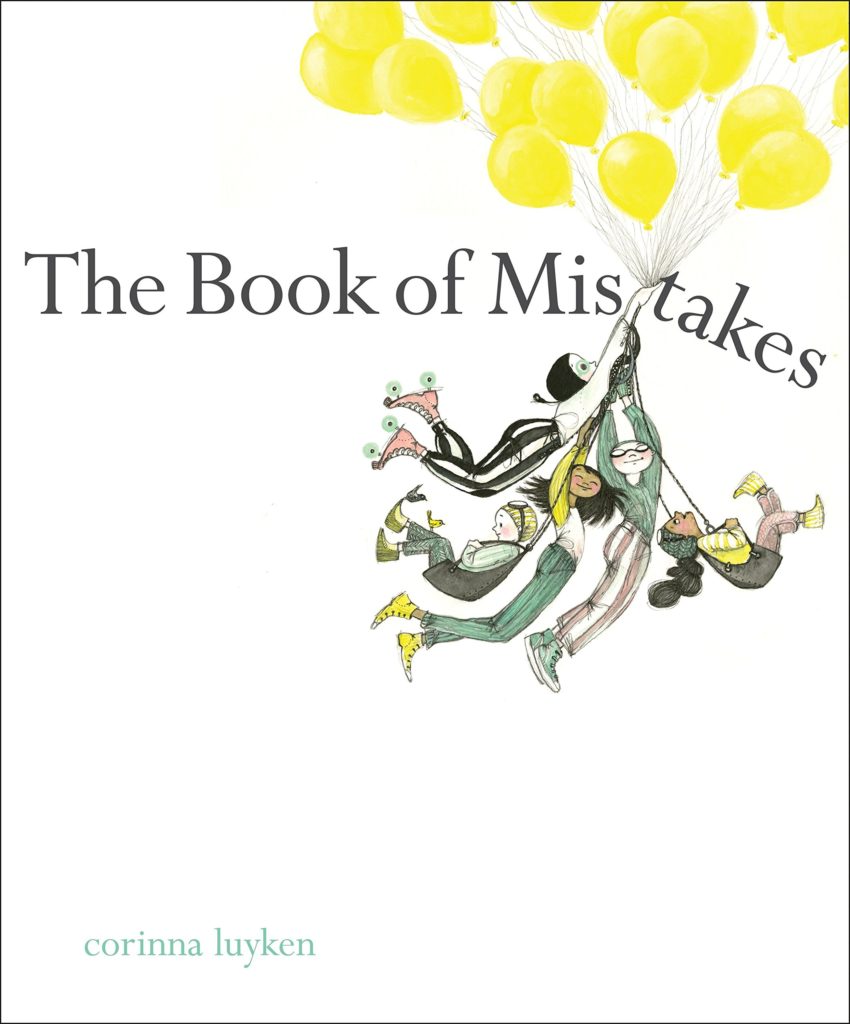
Hidden Valley Road Inside the Mind of an American Family by Robert Kolker is a newly published book that looks at one family, the Galvins. The parents of this family had 12 children together – ten boys and two girls – and six of the boys were mentally ill with schizophrenia. Often a scary mental health diagnosis, schizophrenia is a pervasive illness across the entire world. It is a mental illness that the field and society are trying to understand happens when a person has this diagnosis.
This is a compelling family saga, chronicling the family’s history right alongside the history of how mental illness has been treated in America and how schizophrenia has been understood historically and into our modern day. The Galvin family, given six of their children had schizophrenia, were a pioneering family in mental health research. Their DNA aided science in understanding the disease, treatment, and perhaps even the ability to stop it from ever taking hold. This family’s contribution to research in this area is undeniable.
However, I most appreciated the Galvin’s family story and how this tracks alongside illness progression. So often mental health illness cannot be understood or tracked in such a linear fashion, but the Galvin provide a backdrop for not only reading about the history of schizophrenia, but also provided a case study in how it appeared and functioned in real life in their family. Also, given six children were not schizophrenic, the cost and pain on other members of the family is an angle explored and given credence to, which is often the forgotten part of schizophrenia, i.e. how others related and/or involved are affected. Of course, with six children in one family sick with schizophrenia the impact was great on the children and parents who were not.
This book offers a difficult story of one courageous family and it is worth reading for greater understanding of the illness both from those who suffer from schizophrenia and those who suffer living with a loved one who does. It also provides a very good historical lesson on how mental illness is seen and treated, particularly a disorder like schizophrenia.
When I was working on the local crisis lines in my community, each week during my one four-hour shift, I took a phone call from a person regarding a person having his first psychotic break. What was described to me on these phone calls was harrowing, disturbing, and radical. I could not believe how pervasive the illness is nor could I understand what these people were now on a journey to face with their loved one for the rest of all of their lives. It is real and it deserves our curiosity so we can be better prepared to understand the illness and those whom suffer with it and their lived ones.

